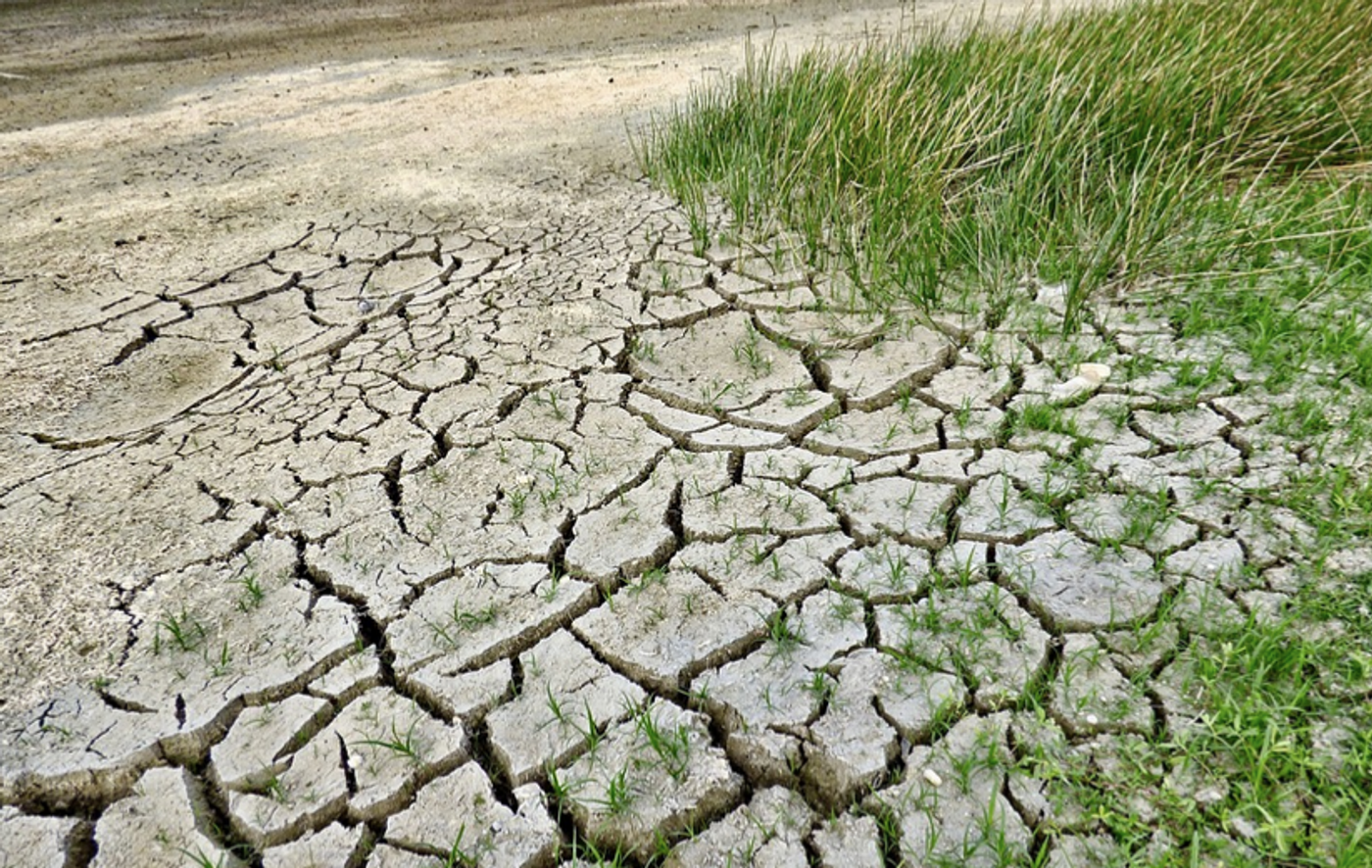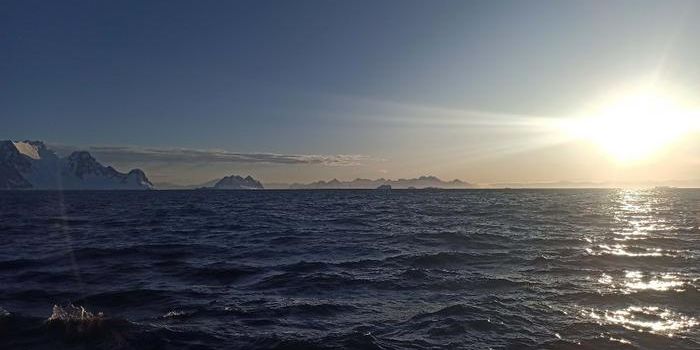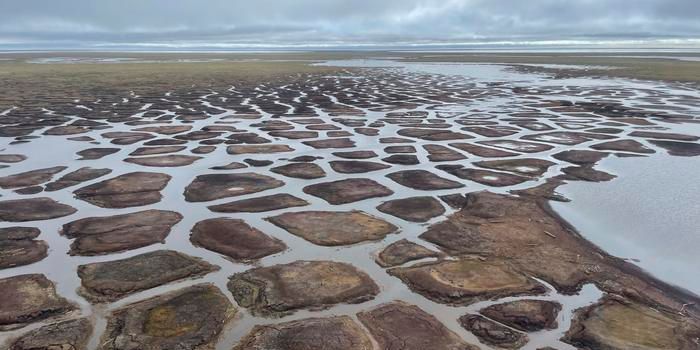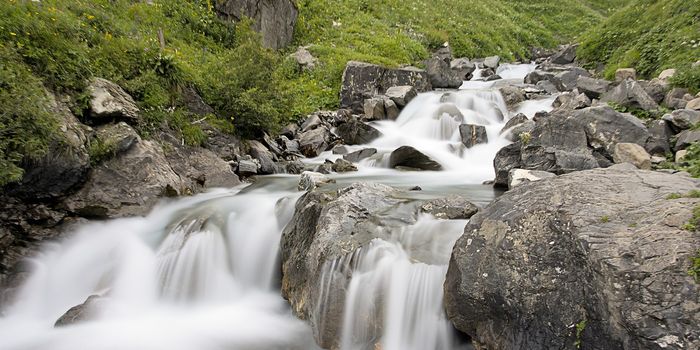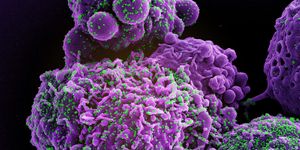Devastating Amazon Drought Caused by Climate Change, Study Concludes
Last year, drought in the Amazon caused utter devastation. Vast amounts of vegetation dried out, fires burned towns so badly that solar panels stopped functioning because of the haze, and animals died. Many rivers shrunk to the lowest levels ever recorded. A new report has shown that this drought happened because of climate change.
Recent research has suggested that without drastic and immediate changes, or more specifically, a sudden halt to the emission of greenhouse gases like carbon dioxide and methane, it is likely that the planet will experience 2ºC of global warming by the 2040s.
Right now, the planet has average temperatures that are 1.15°C above the pre-industrial average (the years from 1850 to 1900). Last year was also confirmed to be the hottest on record. At 2ºC of warming, we will experience huge changes, and we will see events like the drought in the Amazon more often. A recent report by the UN's office of Worldwide Weather Attribution has shown that the drought in the Amazon, though it occurred during an El Niño year, was due to climate change.
El Niño events refer to temperatures in the equatorial Pacific; during El Niño, those temperatures are above average; during La Niña the temperatures there are below average; when temperatures are average in that region is it considered ENSO neutral.
The Amazon is a very important factor in the Earth's climate. It is considered to be a net absorber of carbon, or a carbon sink, which could help us mitigate the effects of climate change. However, deforestation there, primarily due to demand for land so that cattle can be raised to supply the world with meat, has had terrible impacts on the old growth forests of the Amazon. Recent research has suggested that portions of the Amazon are already starting to emit more carbon than they absorb.
This latest study has shown that last year's drought in the Amazon was made 30 times more likely by climate change. While drought probably would have occurred in the absence of climate change, it would not have been anywhere near as severe as what happened, which was called exceptional and extreme, without climate change. The drought cut off communities that access other areas by boat, limited or cut off access to drinking water for many, and caused agricultural and hydroelectric dam failures.
Although rain has been falling in the region, and the drought is ending, those rains are weaker than usual for this time of year and they are happening later in the season. Deforestation has also slowed dramatically since the most recent presidential election. Shifts in attitudes and policy changes led to a 50 percent reduction in Amazon deforestation in 2023. Unfortunately, there is a lot of concern about a road that is now planned to be built in one of the few remaining regions of the Amazon that is undisturbed.
Sources: Phys.org via AFP, UN Worldwide Weather Attribution
